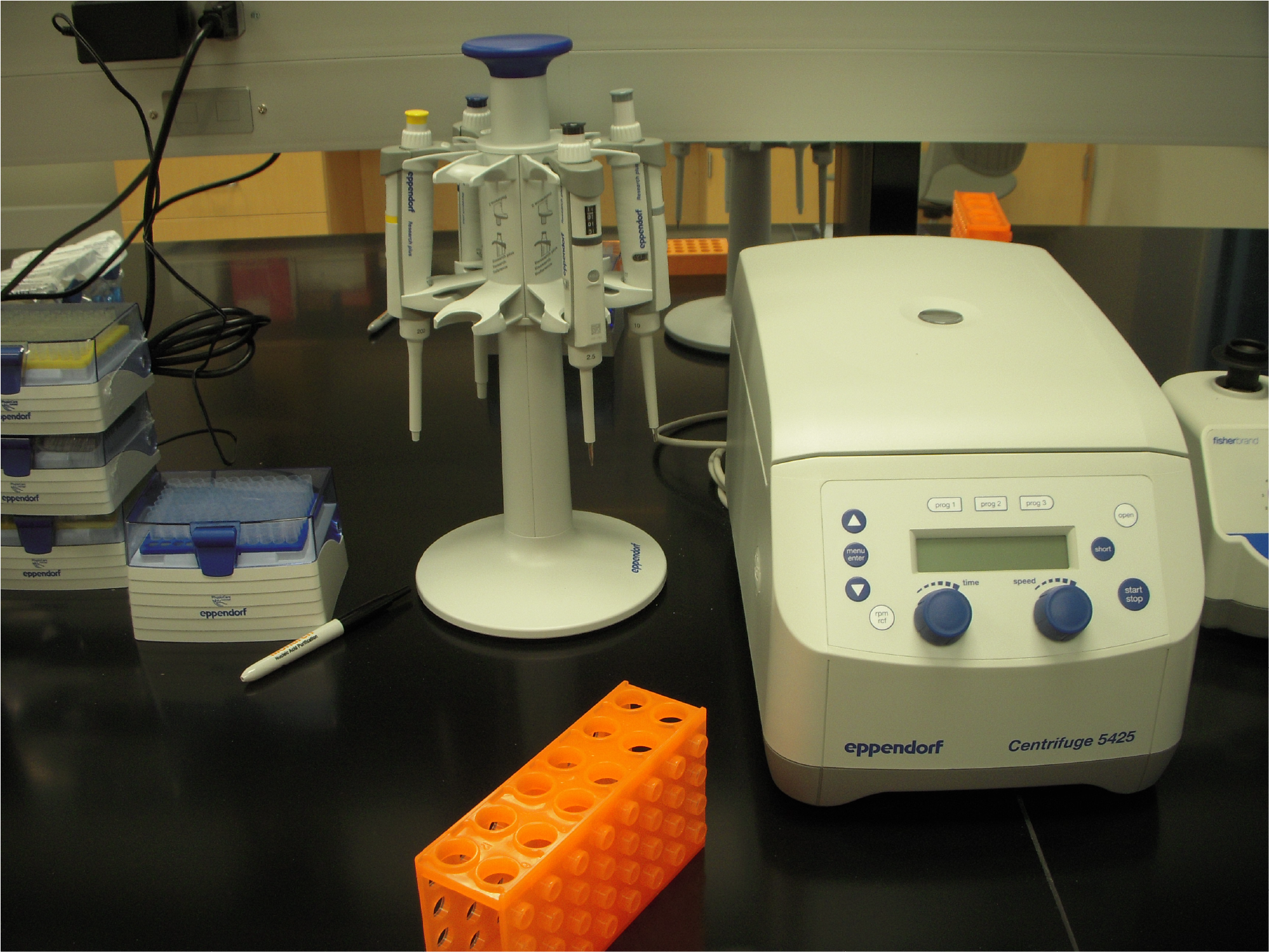Week 6 (2/26/2021) – We discussed Zeng, et al.‘s paper on a new method for ribosomal RNA (rRNA) depletion headed by the scientists in the Molecular Oncology lab at the University of Chicago. We recently were preparing transcriptomes for RNA sequencing and used a commercial depletion kit to decrease the amount of rRNA in our sample. While we were happy with the results of our commercial depletion, it was prohibitively expensive to perform biological replicates for multiple samples. We’d also like to troubleshoot new transcriptome protocols without rRNA being a cost bottleneck. So, we decided to discuss Zeng, et al., where the authors perform standard rRNA depletion using both hybridization probes to pull down rRNA (Ribominus Euk v2 platform) and hybridization probes designed for targeting by RNase H based digestion of RNA:DNA hybrids (NEBNext rRNA Depletion platform). As RNase H methods are already less expensive and perform better overall, most comparisons of the new protocol developed by Zeng, et al. were to the NEBNext rRNA depletion protocol. In this method – reverse transcriptase-mediated ribosomal RNA depletion (RTR2D), the authors very cleverly used reverse transcription to fill-in DNA hybrids across rRNA species and form full RNA:DNA hybrids that can be targeted by RNase H. This drastically cuts down on the number of probes required to perform depletion. They show that their method does not impact non-targeted RNA, like mRNA and lncRNAs. Using Nutlin3A (MDM2 inhibitor, p53 pathway) Zeng, et al. show that RTR2D consistently identifies differentially expressed transcripts with NEBNext rRNA samples, possibly even more consistently due to strong RTR2D rRNA depletion. We will definitely be trying this protocol in lab!
Upcoming (3/5/21) – Looking forward to discussing Park, et al.’s paper on RNA binding proteins and complex disease, specifically psychiatric disorders like schizophrenia.
